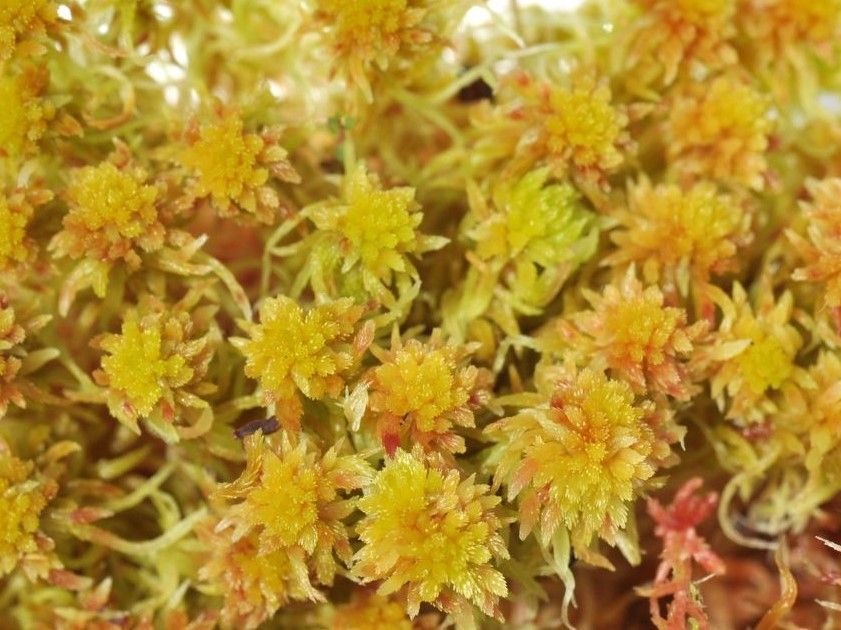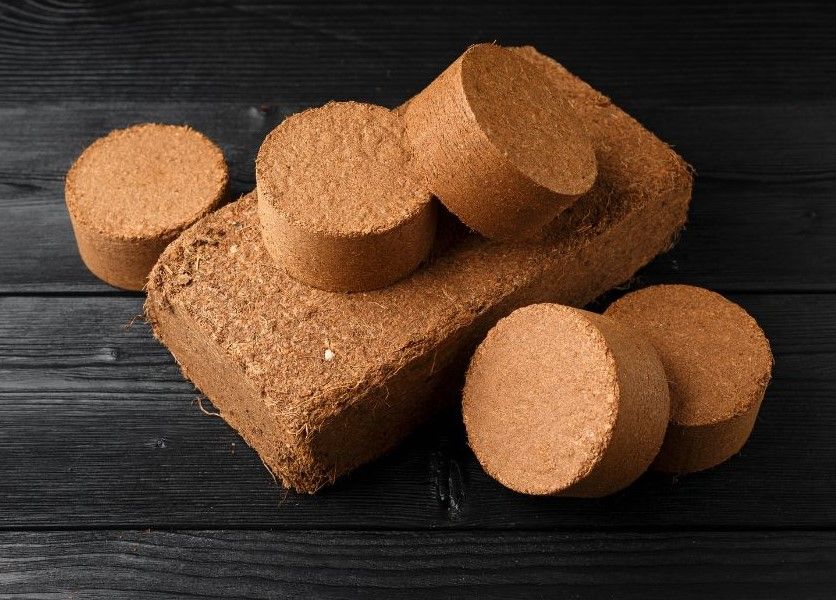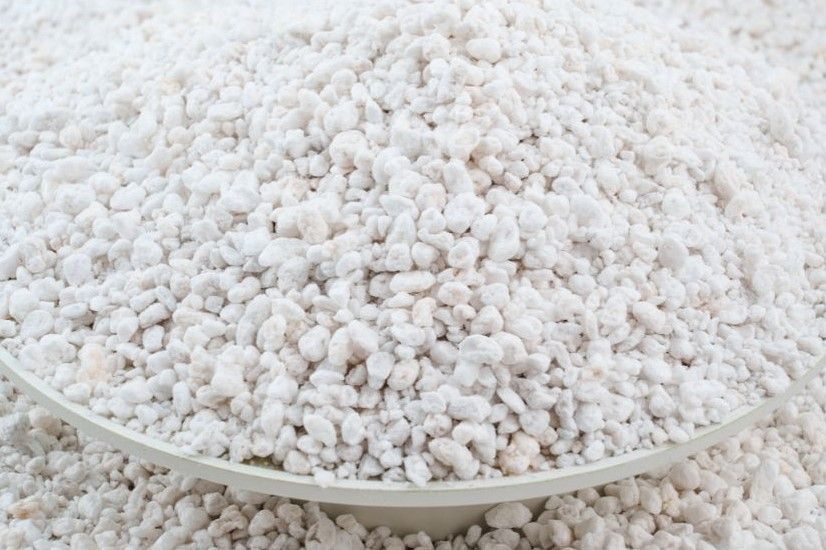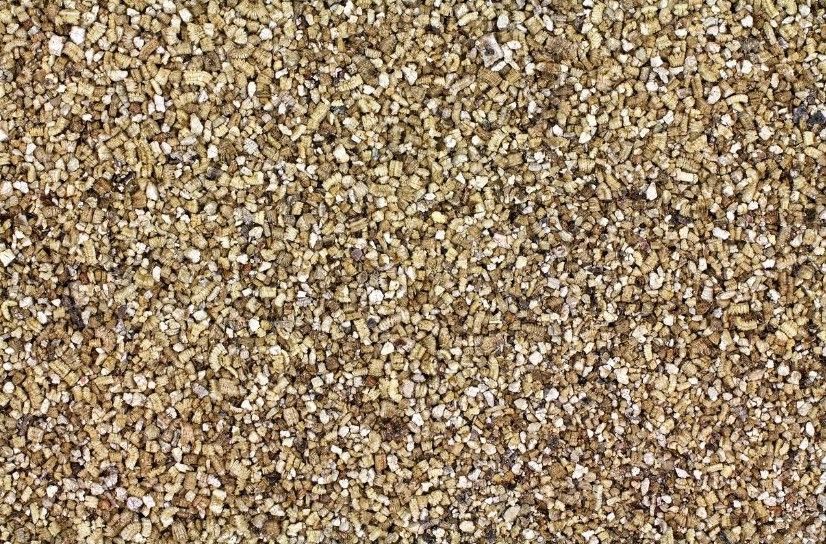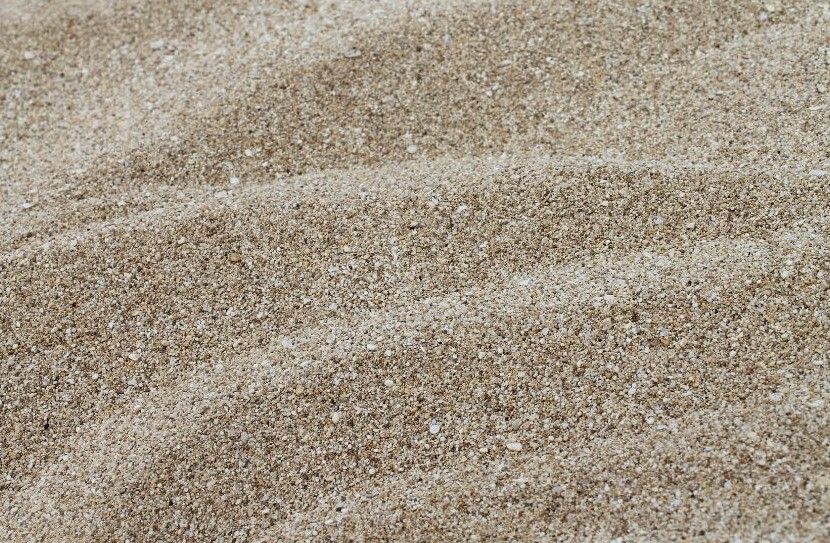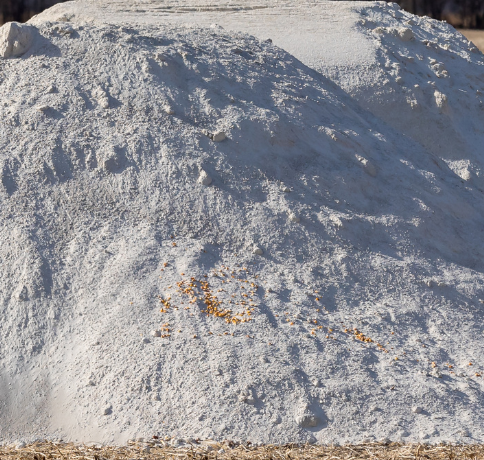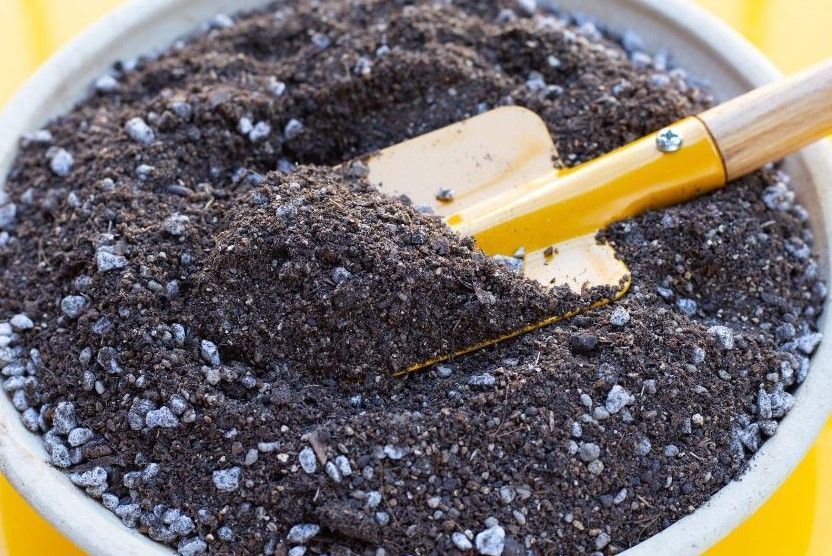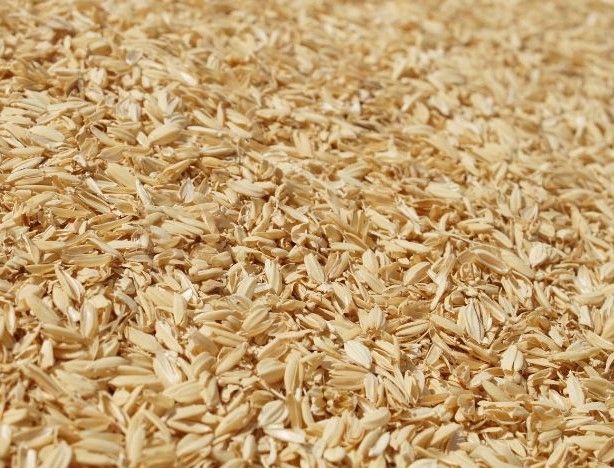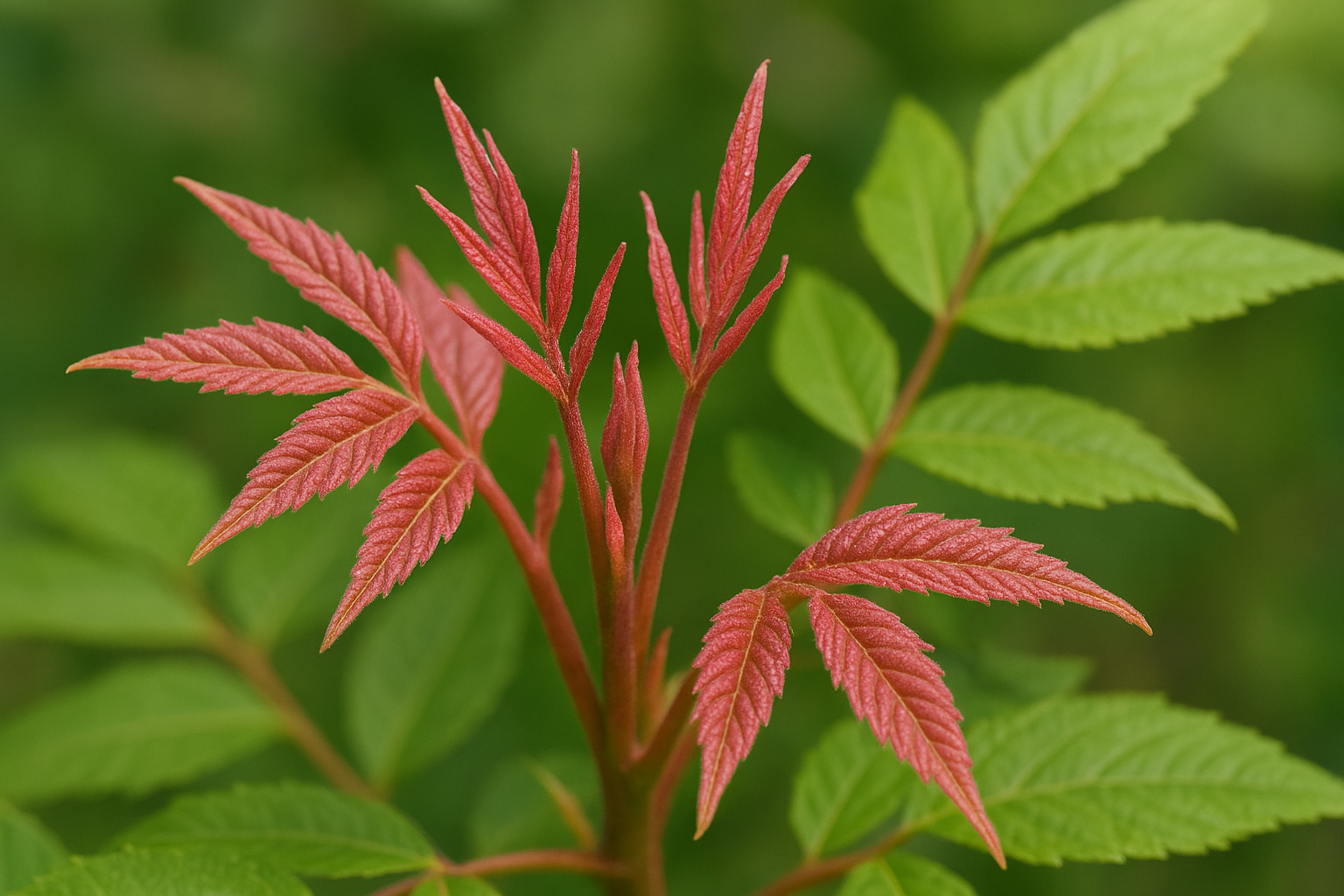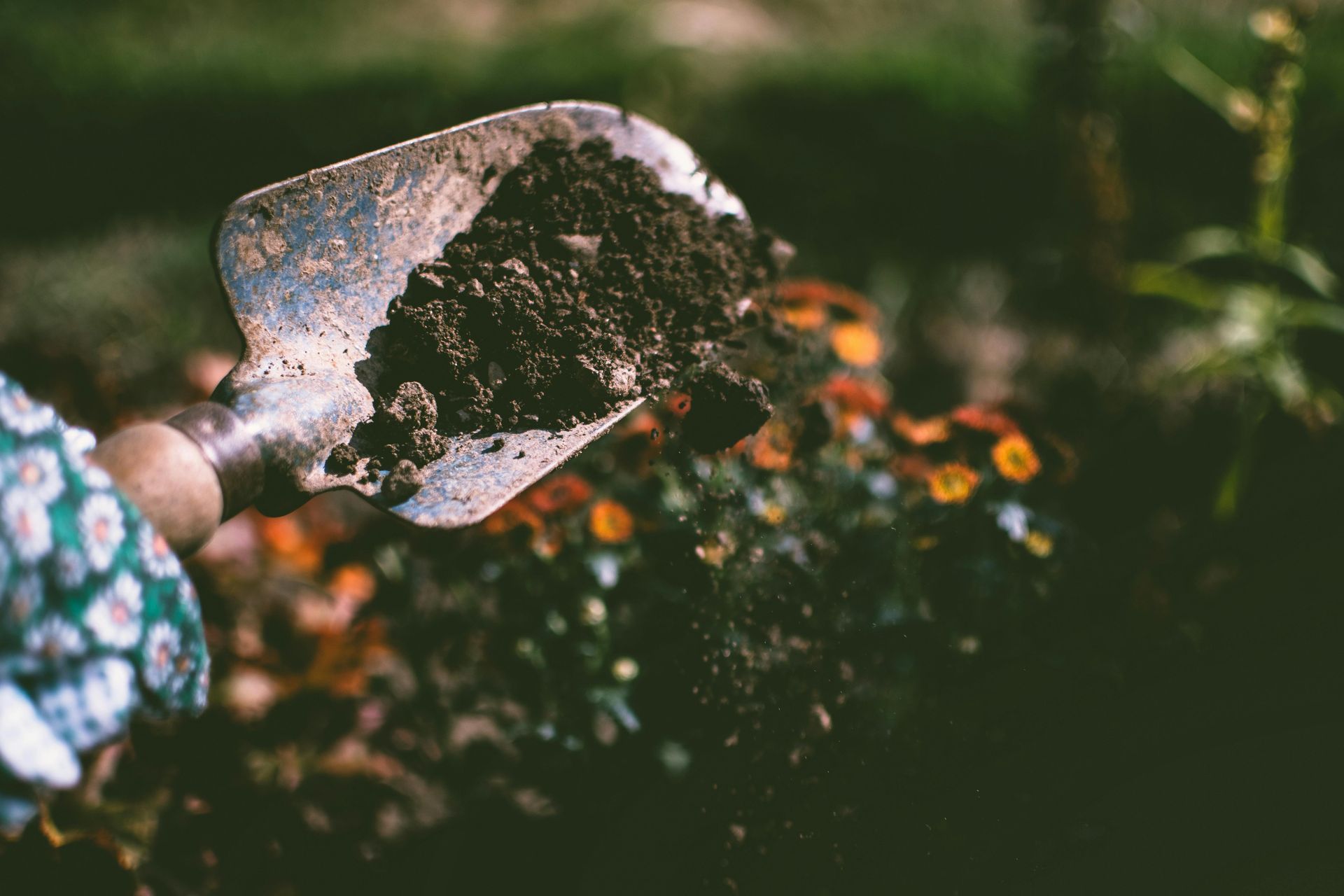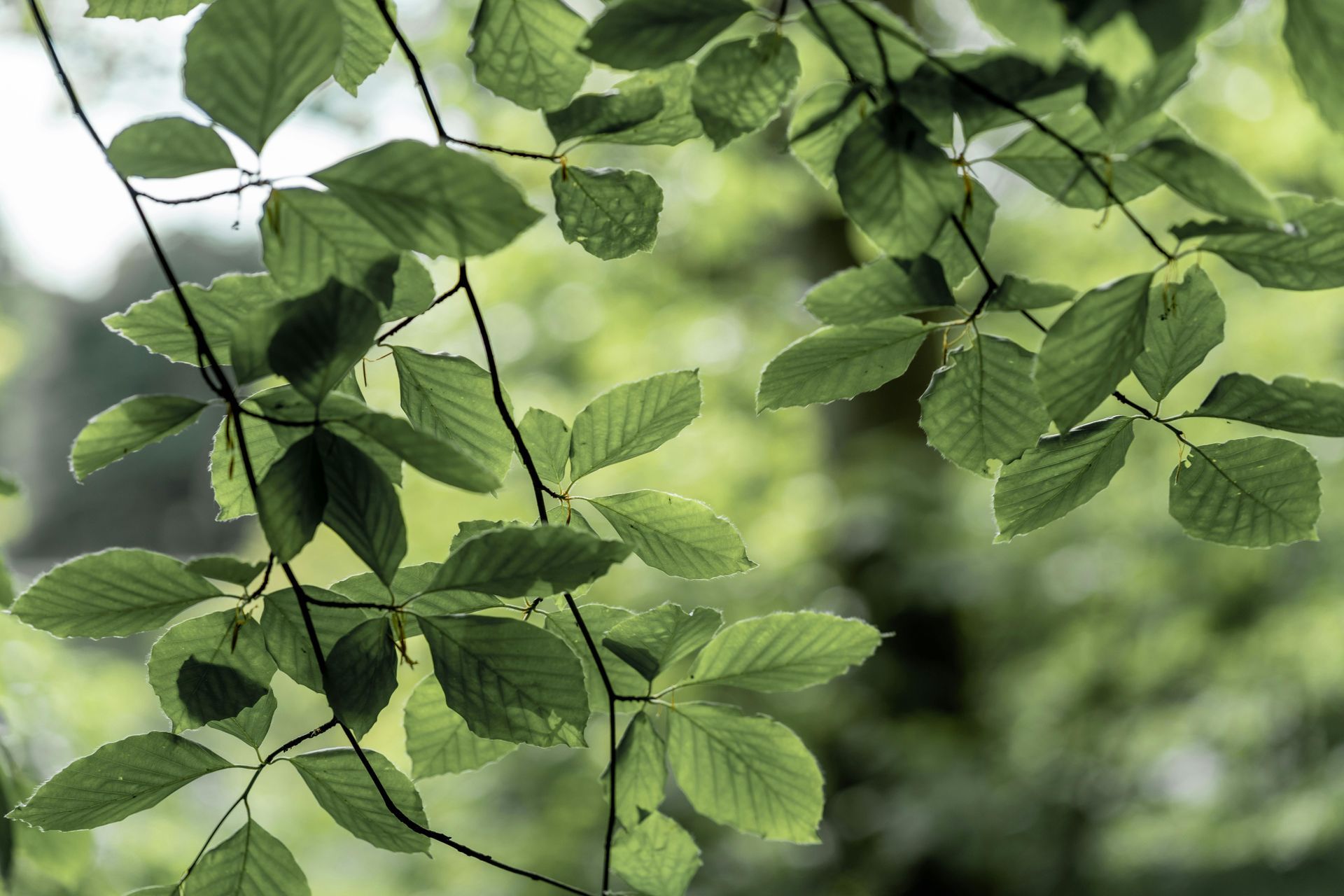Sphagnum peat moss – this is the primary ingredient in most potting soils. It takes peat a long time to breakdown is widely available and inexpensive. It will bulk up potting mixes without adding weight and once wet, holds water pretty well. Sphagnum peat moss is well-draining and well-aerated but it is also very low in available nutrients and has an acidic pH ranging between 3.5 to 4.5. Adding limestone to peat-based potting mixes helps balance the pH level. Plants such as lettuce, Russian sage, and marigolds prefer sweet soil with a pH of 7.5, while other acid lovers, like ferns, asters, and strawberries prefer a pH of 5.5 to 6.0. Here is a list of more plants’ pH preferences.
Making Your Own Potting Soil
Potting soil is a soil-less blend of ingredients used to grow plants. Potting mixes are filled with organic matter that provide essential nutrients to plants. Conventional potting soil can often be full of chemicals that can harm plants.
All good quality potting mixes have a few things in common:
- Better draining than the average garden soil
- More lightweight than garden soil
- Easy to handle and consistent
Like commercial potting soils, you can make different potting soil blends, each with a different texture, nutritional content, density, and water retention to match all the needs of your plants. You will need to select the ingredients and combine them in the correct ratios to tailor each potting soil mix for the specific plant you are growing.
- Lighter, finer-textured mixes are best for use when starting seeds and rooting cuttings.
- Mixes containing a high percentage of coarse sand or pine bark are best for potted trees and shrubs.
- DIY potting soil with a sandy or gravelly texture is ideal for cactus and succulent growing.
- When growing a mixture of annuals, perennials, vegetables, and tropicals, the best fit is a general, all-purpose potting mix, one that is suitable for growing all kinds of plants.
Interesting fact: despite its name, little or no soil is usually in potting soil
Potting Soil Ingredients
How to make your potting soil
Mixing your own potting soil blend is easy, and you have complete control, you can cater to the needs of your plants and shrubs. You will also save money making your own.
When combining the list of ingredients above, be sure to mix everything thoroughly. Good quality DIY potting soil should be light and fluffy, with a well-blended mixture of ingredients.
When making DIY potting soil, use the batch as quickly as possible. But if storage is necessary, place the mix in sealed plastic bags in a cool, dry place.
Some potting soil recipes:
General potting soil recipe for flowers, tropicals, and vegetables:
6 gallons sphagnum peat moss or coir fiber
4.5 gallons perlite
6 gallons compost
1/4 cup lime (if using peat moss)
1 & 1/2 cups of the DIY container fertilizer blend found below or 1 & 1/2 cups of any granular complete organic fertilizer
DIY container fertilizer blend:
Mix together
2 cups rock phosphate
2 cups greensand
½ cup bone meal
¼ cup kelp meal
Potting soil recipe for potted trees and shrubs:
3 gallons compost
2.5 gallons coarse sand
3 gallons sphagnum peat moss or coir fiber
2.5 gallons composted pine bark
3 gallons perlite
2 TBSP of lime (if using peat moss)
1 cup granular, organic fertilizer (or 1 cup of the DIY container fertilizer blend found above)
1/4 cup organic cottonseed meal, if growing acid-loving trees and shrubs
Potting soil recipe for succulents and cactus:
3 gallons sphagnum peat moss or coir fiber
1 gallon perlite
1 gallon vermiculite
2 gallons coarse sand
2 TBSP lime (if using peat moss)
Potting soil recipe for seed starting:
2 gallons sphagnum peat moss or coir fiber
2 gallons vermiculite
1 gallon coarse sand
3 TBSP lime (if using peat moss)
Seed-starting mixes are lighter and finer in texture. Vermiculite is a better choice than perlite due to its smaller particle size.
Homemade potting soil for transplanting seedlings:
2 gallons sphagnum peat moss or coir fiber
2 gallons vermiculite
1 gallon finely screened compost
3 TBSP lime (if using peat moss)
2 TBSP granular, organic fertilizer (or 2 TBSP of the DIY container fertilizer blend found above)
Potting soil recipe for houseplants:
2 gallons sphagnum peat moss or coir fiber
1.5 gallons perlite
2 cups coarse sand
3 TBSP lime (if using peat moss)
2 TBSP granular, organic fertilizer (or 2 TBSP of the DIY container fertilizer blend found above)
Basic container potting soil mix:
10 quarts coconut coir
5 quarts perlite
5 quarts vermiculite
5 quarts composted cow manure
2 cups fine sand
2 cups pelleted time-release fertilizer
This makes enough to fill two 14-inch tubs or five 12-inch hanging baskets.
When repotting houseplants, use your own homemade mix for optimal results.
References:
DIY Potting Soil: 6 Homemade Potting Mix Recipes for the Garden (savvygardening.com)
How to Make Your Own Potting Mix | DIY Potting Mix | The Old Farmer's Almanac
Optimum Soil pH Levels for Plants | The Old Farmer's Almanac
making your own potting soil - Bing images
How to Use Soil Amendments-Rice Hulls - Organic Gardening (groworganic.com)
Check out the latest:



